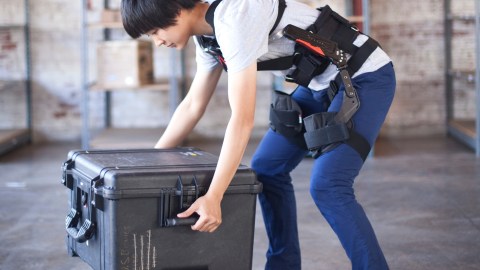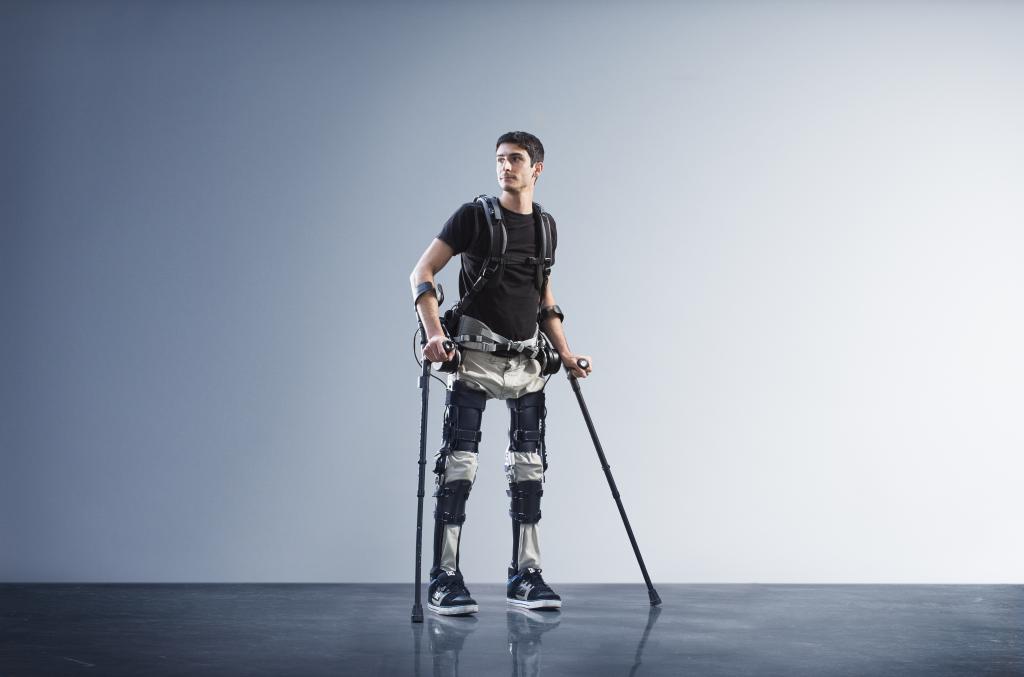Don’t Replace Humans with Robots — Allow Humans to Do What Robots Can

Artificial Intelligence hasn’t taken over the labor market, yet. It’s in unstructured workspaces where human laborers will continue to thrive, explained Dr. Homayoon Karerooni, founder and CEO of suiX. His company isn’t in the business of replacing humans with robot workers, rather his team wants to enhance and augment our abilities with MAX, a flexible exoskeleton.
“Our goal is to augment and support workers who perform demanding and repetitive tasks in unstructured workplaces in order to prevent and reduce injuries,” he said in a press release.
The MAX system comprises three exoskeleton modules: backX, shoulderX, and legX. So, depending on the task, a module could be worn to augment any kind of lifting, stooping, bending, or squatting. The company says it’s not just meant for picking up heavy things and putting them down, the suit and its modules are meant to decrease the rate of injury doing these repetitive maneuvers.
For businesses and their employees, this technology would help to reduce workplace injury and enhance productivity. It’s basically a back brace that minimizes the amount of force and torque on the wearer’s back, which means less strain on the human and less risk of injury. But it’s industrial projects, like these, which will help fund suitX’s Phoenix line of bionic suits, which allows those bound to a wheelchair to walk.
The goal with Phoenix was to go a step beyond the wheelchair and create the independence we know advanced robotics can provide. These exoskeletons would go a long way in reducing healthcare costs, like MAX. The Phoenix, however, would prevent secondary injuries to those wheelchair-bound–a result from sitting for prolonged periods of time.
It’s the continued interest from military and industrial groups, asking for the creation of power-suits that enhance human strength, which will help propel this technology forward. And SuitX’s wheelchair-bound clients will (hopefully) be the beneficiaries.
—





